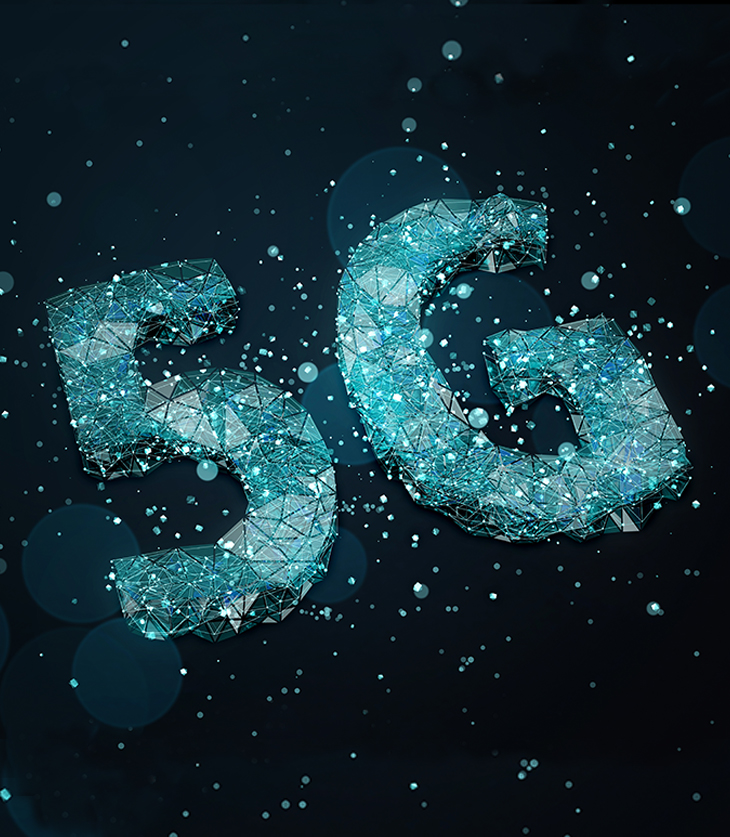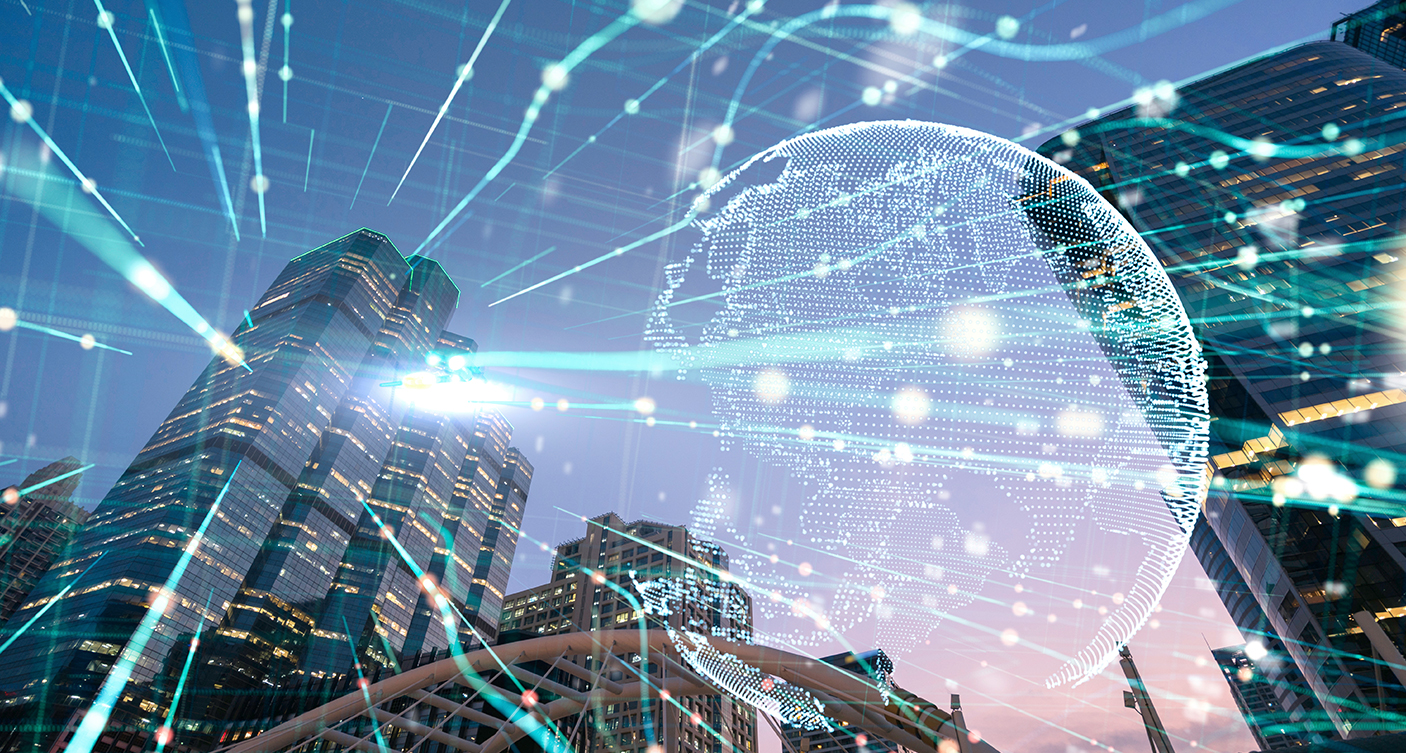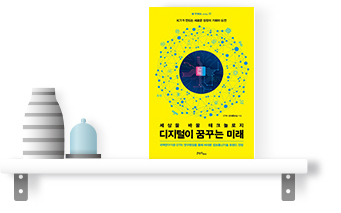VOL.52
May 2019


ICT Trend ____ Ultra-low Latency Technology
The Era of Latency-free
Data Transmission Is Coming
Ultra-low Latency Technology
Based on his belief that openness and freedom are the growth engines of the Internet, Tim Berners-Lee, then a researcher at CERN, developed the World Wide Web. Since the 1991 web revolution advocated by Berners-Lee, the lives of human beings have been connected exclusively online; and, with advances of internet and IoT technology, another dramatic change is expected. What is behind this is 5G service. Let us guide you through 5G service, which will be widely used not only in the mobile communication sector but also in various industrial fields.

Development of 25Gbps Tactile Internet technology by ETRI
Giga Communications Seeping into Our Daily Lives
In October 2006, there was an accident at the Seohaedaegyo Bridge where 26 cars rear-ended one another due to the fog, costing the lives of 11 people. Also, in February 2015, 106 cars rear-ended one another due to the fog on the Yeongjong Grand Bridge, causing two deaths and 130 injuries. Both accidents are deemed to have occurred due to speeding under poor visibility conditions. What technologies should be applied to prevent such rear-end accidents? A possible answer would be a system that controls vehicles using ICT solutions.
What about telemedicine? Imagine a doctor in Seoul is conducting remote surgery on a patient in Daejeon using a robot. Even 0.1 seconds of communication latency could endanger the life of the patient, causing the surgery to fail. In this regard, the quality of communication is critical. The PyeongChang 2018 Olympic Winter Games provided the best opportunity to show Korea’s ICT capabilities to the world. The event amazed the whole world with various Giga communications services under the theme of ICT Olympics.
Communication technology is expected to eventually develop to the point where five-sense human data can be transmitted. For example, a person in the US will be able to stroke the face of his or her son through a smartphone. This can be made possible by the Tactile Internet. To be more specific, to turn these scenarios into reality, low-latency mobile communication technology must be made available. In June 2016, ETRI researchers successfully demonstrated the technology. In the meantime, 5G mobile communication technology, once viewed as something that could only be implemented in the far future, is now available in our daily lives. The three major mobile carriers, including KT, SKT, and LGU+, have already launched 5G services, and Samsung Electronics released the world’s first 5G smartphone to the domestic market on the 5th. R&R, a Korean Market research firm, released survey results on the public recognition of 5G service on the 1st, and it was found that 60% of the respondents were willing to use 5G services. In the era of the 5th generation mobile networks, where Giga communication technology will prevail, what will happen in our world?

Internet Services as Fast as the Tactile Sense of Humans
The essential elements of 5G include high transmission speed (ultra-high speed), the connection of an ultra-large number of devices (hyper-connectivity), and low transmission latency (ultra-low latency). For example, if it is possible to inform cars behind of an accident that has occurred a few kilometers ahead of them without any latency, chain rear-end accidents can be prevented. What about remote surgery? Remote robotic surgery based on communications technology does not tolerate any error. If a patient’s vital data that indicate his or her health status are transmitted 0.1 seconds later than necessary, or the medical data and image records cannot be provided in a timely manner, the remote surgery will not be able to proceed properly, possibly endangering the life of the patient.
These services can only be properly implemented with the minimum level of communication latency. The Tactile Internet is an Internet service that requires the same level of latency and sensitivity as the sense of touch has, which exhibits the fastest recognition time among the five senses of humans. With the use of the Tactile Internet, for example, a person in a place only needs to stroke the hair of the person next to him to make another person far away therefrom feel as if his hair is being stroked. Such a service can be easily implemented only if the user wears a separate gear that allows the wearer to feel senses. To implement this service in real-life settings, however, it is essential to shorten the communication service latency.
5G Services with a Promising Future
In mobile communication networks, the service latency refers to the time taken for data sent from a smartphone to return thereto through the base station and the server. Low-latency technology reduces the service latency of 0.02 seconds (20 milliseconds) or above, i.e., the typical latency value in 4G LTE-A mobile communication, which is currently widely used, by one-tenth to 0.002 seconds (2 milliseconds). This is an improvement of only one digit but, makes a huge difference in performance. This low-latency technology is the core technology of 5G mobile communication networks.
It takes nearly 50 milliseconds for humans to recognize objects through their senses of vision and hearing. Simply put, when a person sees an object with his or her eyes, his or her brain recognizes the object after 50 milliseconds. The technology developed by the researchers can implement service latency that is up to 25 times faster than the visual and auditory recognition of humans. In the era of 5G, all devices and services need to be able to promptly respond to instantly changing environments, and thus there must be almost no communication latency. This constitutes another reason that we have to be moving toward the era of low latency.
Youngjin Kim, the leader of the Department of Mobile Application of ETRI, said “The 5G network enables high-reliability and low-latency data transmission. Based on this advancement, it will be possible to implement Tactile Internet services, which require service latency that can be comparable to the sensibility level of the sense of touch (1 millisecond), which has the fastest recognition speed among the five senses of human perception.” This uncharted area hints at a hopeful future for 5G services.
This article is quoted from Technology That Will Change the World, Future Brought by Digital Technology, ETRI’s Easy IT series (2018).

Future Brought by Digital Technology
Written by Kilho, Chong · ETRI's Superior Public Relations Section Published by Contentshada
Future Brought by Digital Technology issued by ETRI aims to help readers better understand what the Fourth Industrial Revolution means to them and to introduce various ICT trends so that readers can have a fascinating glimpse of what might happen in the near future. This book will be a reliable guide for anyone who wants to learn and understand how to adapt to the rapidly changing, unpredictable world driven by technological innovations and flexibly respond to risks that might be faced going forward.



